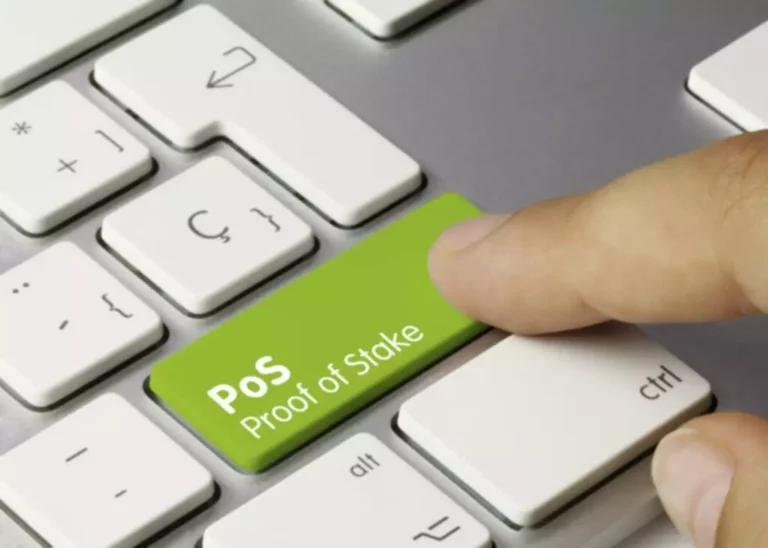Bottom-Up Forecasting Financial Edge
The key difference between the top-down and bottom-up approaches is the perspective taken to perform your analysis. Bottom-up forecasting is ideal for estimating how specific performance metrics impact revenue. But to understand the true health of a complex business, we should look at it in more than one way. To do this, you can look at historical sales data for similar products that you’ve launched in the past. This will give you a good starting point for estimating demand for each SKU in the new product line. From there, you can make adjustments based on any unique factors that may impact demand for the new products.
For example, if you’re an e-commerce business, you might look at data like average order value, customer lifetime value, and conversion rates. Solid historical data provides a foundation for projecting future performance. For more information on data collection techniques, check out this helpful resource on effective bottom-up forecasting. After collecting data on your individual revenue drivers, it’s time to bring it all together. This involves combining the data from each driver to create a comprehensive picture of your potential revenue.
Head of Marketing Operations jobs
A direct-to-consumer smartwatch manufacturer plans to launch in Tier-1 U.S. cities and uses digital channels to drive sales. Multiplying these units by the average price per unit yields a total revenue estimate. This detailed, micro-level approach highlights how each channel contributes to overall sales. Earning CFI’s industry-recognized Financial Modeling & Valuation Analyst (FMVA®) Certification equips you with practical skills to stand out in today’s competitive market. Through structured courses, hands-on case studies, and guided practice, you’ll develop the expertise to create sophisticated forecast models that drive business decisions.
In this method, each component, such as sales, expenses, and cash flow, is forecasted individually, and then the forecasts are combined to create an overall forecast. Top-down forecasting is a method of financial forecasting that begins with the overall picture and works down to the individual components. In this method, the forecast is based on assumptions about the overall market or industry, and then the forecast is broken down into individual components, such as sales, expenses, and cash flow. Financial forecasting involves predicting future financial outcomes based on current and historical data. It is critical for decision-making and is used for budgeting, investment decisions, and strategic planning. In simple terms, top-down models start with the entire market and work down, while bottom-up forecasts begin with the individual business and expand out.
What is Financial Forecasting?
- While top-down forecasting leaves room for subjectivity, bottom-up forecasting hones in on actual performance figures.
- While considering annual inflation rate of 3% assumed on the basis of average annual inflation rate of last 5 years the total utilities and maintenance expenses can be calculated as below.
- So, it’s a great choice for a wide variety of companies, regardless of their size or industry.
- This approach works from the outside in, starting with broad market conditions and narrowing down to your company’s specific position within that landscape.
- We will now forecast the expenses of the retail company in our example.
- Use tools like Excel, Google Sheets, or forecasting software to create a clear layout of your assumptions and results.
Since the top-down method relies on high-level data and projections, it can be implemented more quickly than its bottom-up counterpart. But, by understanding these hurdles, you can take steps to mitigate them and improve the accuracy of your forecasts. In reality, Tesla’s reported revenue for 2023 and 2024 stood at $96.7bn and $97.7bn, respectively, compared to the forecasted $94.3bn and $135.6bn. Notably, as of May 2023, Tesla removed its 20-million-vehicle target from its latest impact report, indicating a shift in focus toward robotaxis rather than electric cars.
Analyzing Historical Data
Discover practical techniques and strategies for implementing effective bottom-up forecasting to enhance your financial planning and decision-making processes. But with a single, unified platform for support, forecasting can shift from a critical gap to a seamless, highly valuable component of your business. But with a single, unified platform for support, forecasting can shift from a critical gap to a seamless, highly-valuable component of your business.
By following these steps, you can build a robust and accurate financial model. With this method, start by reviewing past growth patterns, consider management guidance, and factor in market conditions to determine appropriate growth percentages for revenue or other forecasts. Double-check your inputs, and wherever possible, ground your projections in historical data. For newer businesses without a data-rich history, lean on industry benchmarks or trends.
They have their own pros and cons but also work together in ways that can be beneficial to your business. It’s more accurate at the operational level but can lead to inflated budgets if teams add buffers. Machine learning models, like neural networks, support vector machines, etc. are all the rage in the automated AI space. For top-down forecasting, however, these methods have the potential to fall short. In fact, many traditional statistical methods can outperform high-tech AI algorithms. The company must also have the systems and resources to be able to support bottom-up planning.
The quality of your data directly impacts the accuracy of your forecast. Ask yourself, “Does this data point measurably impact my revenue or costs? For instance, focusing on per-unit pricing and order volume likely tells a fuller story than minor fluctuations in website bounce rates.
EXAMPLE OF A FINANCIAL MODEL BASED ON BOTTOM-UP FORECASTING APPROACH
- They have dozens of dashboards, but they’re not sure they can trust the data.
- Bottoms-up forecasting might sound like the holy grail of revenue projection, but it’s not without its stumbling blocks.
- A premium smartphone manufacturer aims to increase its market share in the U.S. from 2% to 5% over the next five years.
- There are several other forecast methods, in addition to top-down and bottom-up forecasting, such as regression analysis and Year-over-Year (YoY) analysis.
- Because of this, a top-down approach offers companies a broader picture of revenue potential and can help them identify sales patterns.
Businesses often employ the use of financial modeling as a guide for better decision-making and… We help SaaS companies build a high performance marketing system to drive top-line revenue growth and enterprise value. Get bite-sized insights on SaaS marketing, growth and strategy in your inbox a few times a week. Thousands of people have transformed the way they plan their business through our ground-breaking financial forecasting software. On the other hand, bottom-up forecasting may be ideal if you have a seasonal business model that experiences great variation throughout the year. While startups may want to use the top-down view to forecast revenue for investors, the bottom-up model is crucial for helping startups make smart budgeting and hiring decisions.
Is a particular department over assorted or planned too high or too low based on what is happening in the marketplace? A hybrid approach takes advantage of the benefits of both approaches to planning and forecasting. Data used in bottom-up planning provides insight into the true health of the business, while considering the big picture of the business provided by top-down planning. With eyes wide open, planners can bottom up forecasting challenge any discrepancies in either the Top-down or Bottom-up forecasts and make informed decisions. While it’s clear that both top-down and bottom-up forecasting techniques have their advantages, the best model may ultimately depend on the nature of your specific business. Firms that experience little deviation in profits from one month to the next may benefit from a top-down financial model.
This forecasting method is great for pre-revenue companies or those with irregular revenue streams. Since it’s less reliant on granular business data and real numbers, it allows for variability within a forecast period without significantly impacting accuracy. This flexibility makes top-down forecasting a more suitable choice for businesses with fluctuating financial performance. What are the biggest challenges with bottom-up forecasting, and how can I overcome them?
However, if your business is largely insulated from external factors, a bottom-up approach may be more appropriate. The interest income is calculated for the forecast period at 3% on the closing balance of cash and cash equivalents of the previous year. The interest rate is assumed to be the average interest rate applied on cash and cash equivalents over the last 5 years. However, Corporate overhead and marketing expenses is calculated as a percentage of revenue.




